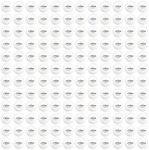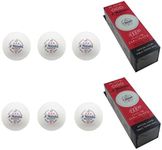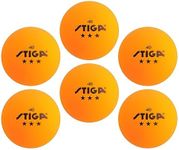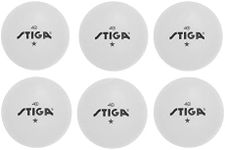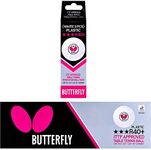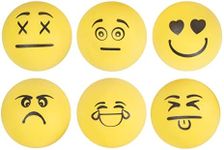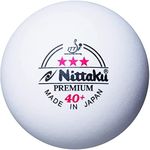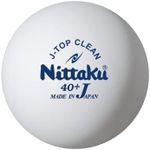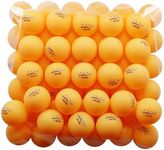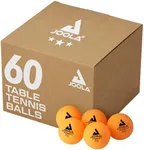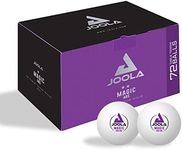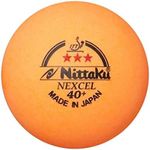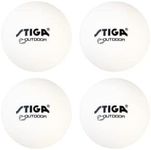Buying Guide for the Best Table Tennis Ball
Choosing the right table tennis ball can significantly impact your playing experience. Whether you are a beginner, an intermediate player, or a professional, understanding the key specifications of table tennis balls will help you make an informed decision. Here are the main factors to consider when selecting a table tennis ball.Star RatingThe star rating of a table tennis ball indicates its quality and durability. Balls are typically rated from 1 to 3 stars. A 1-star ball is generally used for casual play and practice, as it is less durable and may not have a consistent bounce. A 2-star ball is a step up, offering better quality and more consistent performance, suitable for intermediate players. A 3-star ball is the highest quality, used in professional and competitive play, known for its excellent durability, consistency, and bounce. Choose a 1-star ball if you are a beginner or just playing for fun, a 2-star ball if you are an intermediate player looking to improve, and a 3-star ball if you are competing or want the best performance.
MaterialTable tennis balls are typically made from celluloid or plastic (poly). Celluloid balls have been used traditionally and are known for their good bounce and spin characteristics. However, they are flammable and less environmentally friendly. Plastic balls, also known as poly balls, are the newer standard and are used in official competitions. They are more durable, safer, and environmentally friendly. If you are playing in a competitive setting or want a ball that meets current standards, opt for a plastic ball. For casual play, either material can be suitable, but plastic balls are generally recommended.
SizeThe standard size for table tennis balls is 40mm in diameter. This size was adopted to slow down the game and make it more spectator-friendly. Balls that are slightly smaller (38mm) were used in the past but are now outdated. Ensure that you choose a ball that is 40mm in diameter to comply with current standards and to have a consistent playing experience. This size is suitable for all levels of play, from casual to professional.
ColorTable tennis balls are typically available in white or orange. The choice of color can depend on the playing environment. White balls are often used in darker settings or where the background is dark, making the ball more visible. Orange balls are preferred in lighter environments or where the background is light, as they stand out better. Choose the color that provides the best visibility against your playing background to ensure you can track the ball easily during play.
Seam vs. SeamlessTable tennis balls can be either seamed or seamless. Seamed balls have a visible seam where the two halves of the ball are joined together. These balls are traditional and are still widely used. Seamless balls, on the other hand, are made in a single piece and do not have a seam. They are known for their uniform bounce and durability. If you are looking for a ball with consistent performance and longer lifespan, opt for a seamless ball. Seamed balls are also good but may have slight variations in bounce.
